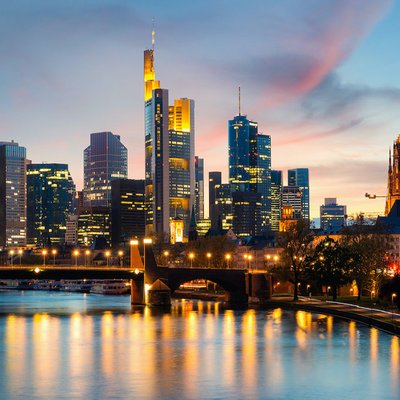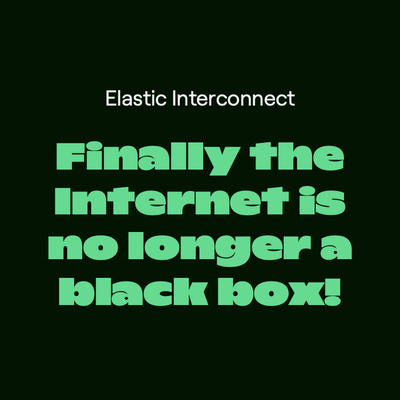
Network improvement overview
Find out more about our latest network improvements
Lowering latency and improving resilience between European Hubs
Backbone Amsterdam - Frankfurt upgrade to 2x 1.2 Terrabit
New third core location in the Amsterdam Metro which supports up to 800G connections
New fiberglass to create campus model of Amsterdam Science Park
New OSPF Algorithm improved latencies by up to 30%
New sea cable link lowers Copenhagen-Amsterdam latency by 36%
New low-latency back-up route Dusseldorf-Amsterdam
Two new ultra-low latency ‘trader’ routes London-Amsterdam and London-Frankfurt
We will keep you in the loop about more improvements on our network.
Backbone Amsterdam - Frankfurt upgrade to 2x 1.2 Terrabit
To ensure seamless connectivity and efficient data transport between Amsterdam and Frankfurt, NL-ix has further upgraded the Amsterdam - Frankfurt backbone from 2x 500 to 2x 1.2 Terrabit using the 400G transport technology.
400G & 800G capability at new core location
We have been working hard to upgrade Digital Realty AMS7 to a new third core location in the Amsterdam Metro to further strengthen our network. By deploying a Nokia 7750 SR 14s with FP5 technology at Schiphol we can support up to 800G customer connections.
New fiberglass to create campus model of Amsterdam Science Park
Science Park is Amsterdam's main interconnection hub with more than 170 carriers and ISPs, and the presence of multiple different datacenter operators. To better open up this interconnection hub, NL-ix has created a campus model that simplifies and accelerates the speed of the delivery of services. At Science Park NL-ix operates from Nikhef, Digital Realty AMS9 & AMS17 and Equinix AM3 & AM4.
New OSPF Algorithm improves NL-ix Network latency
A new OSPF solution has been deployed across the NL-ix whole network: By favouring lower-latency route selection using the OSPF protocol latencies improved across our pan-European fabric by up to 30%. Interested in how this works? Read more here
Copenhagen to Amsterdam
The most recent route, between Amsterdam and Copenhagen, uses the new Cobra sea cable between the Netherlands and Denmark, reducing RTD Copenhagen-Amsterdam by 36%, from 14 milliseconds (ms) to 9 ms. At the same time a third 10.2 ms RTD physically separate backup route has been added to improve resilience. NL-ix has experienced significant growth in Copenhagen in recent years, becoming the first exchange to break the 100 Gigabits per second (Gbps) mark in 2018, and operates from the Interxion, Adeo and GlobalConnect datacenters.
Dusseldorf to Amsterdam
New diverse low-latency routes have also been added in Dusseldorf, bringing Round-Trip Delay down to 3 ms to Amsterdam with a 3.7 ms backup and improving redundancy to Frankfurt, with 2 x 200 Gigabits per second connections at both ends, creating an exceptionally robust interconnection point. In Dusseldorf NL-ix operates from the Interxion, TeliaSonera and Level3 data centers.
London to Amsterdam, London to Frankfurt
New ultra-low-latency routes have also been added between London and Amsterdam and London and Frankfurt, speeding up traffic and improving cross-channel diversity. The new routes,are known as ‘trader routes’ due to their popularity with the high-speed trading community. RTD on the new routes is under 8.6 milliseconds from London to Frankfurt and 6 milliseconds from London to Amsterdam. The London data centers from which the new NL-ix links are available from Telehouse and Equinix data centers.


